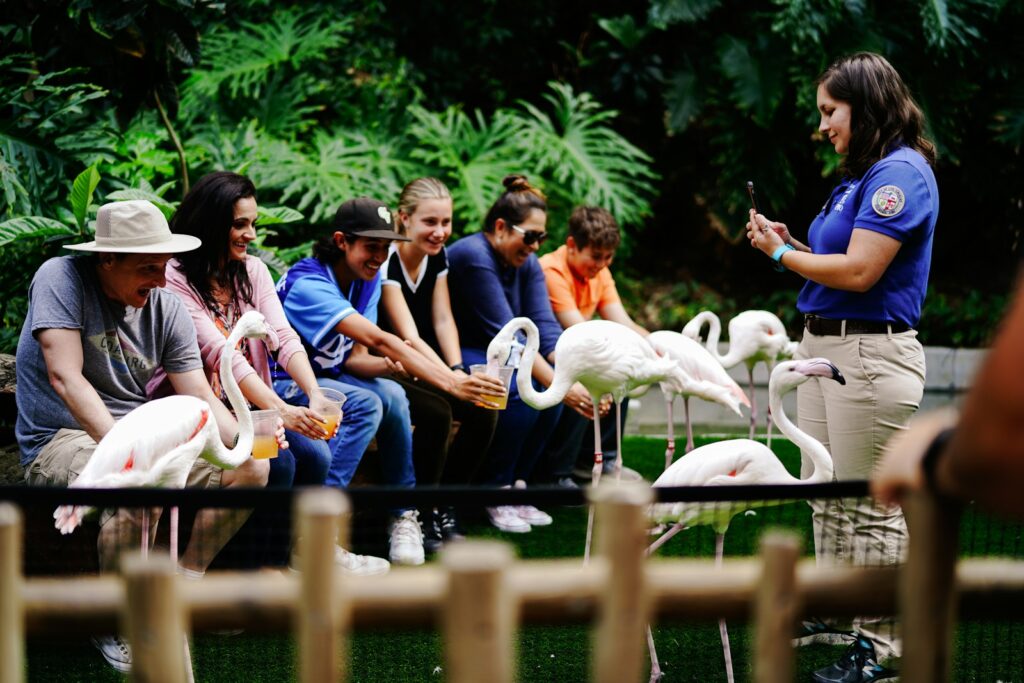Tour of Stormont County
If you were to follow the tourist guides put out by local government agencies, you might think that there is really nothing of interest to visit
in Stormont County, north of County Road 2.
While no one can seriously dispute the fact that the Lost Villages Museum complex, with its archives and fascinating Civil War Memorial, is Stormont’s most intriguing attraction, or that the Long Sault Parkway is one of the area’s most impressive drives, or that the free boat launch and kayak rental service at the western entrance to Guindon Park is a boater’s delight, it would be a mistake to focus your activities on these attractions alone.
With a little imagination, you will discover that Stormont has much to do, and unless your stomach gets the best of you, most of it is free!
Today, when we think of going to Ottawa, we usually drive down Highway 138, but it wasn’t always this way. Before cars, if you wanted to travel north you might take the New York Central and Ottawa Railway–NYC hereafter–that linked Cornwall with Ottawa through Stormont County, from 1897 to 1957.
The railway is long gone, but for the history buffs and outdoor enthusiasts, its remains offer not only interesting historic sites, but walker friendly and vehicle free hiking trails.
Our tour is going to start with the most visible remnants, the truncated NYC bridge pillars and wheel in the St. Lawrence, visible along Cornwall’s bicycle path, about half a kilometre west of the former Domtar site.
Now turn back and drive to Avomore Road, just west of the Lost Villages. In heading north, you will be roughly following the old NYC railbed and passing numerous former whistle stops, with Harrison’s Corners being one of them. Continue to Northfield and turn west on Northfield Station Road and just before you reach the settlement, you will see the remains of its former station.
Turn around and head to Avonmore, and in season, visit Avonmore Berry Farm, north of the village, to purchase one of their fresh fruit pies or turn west on Highway 43 to Finch, a stop for both the NYC and C.P.R.
If you feel like shopping you can continue on 43 to Treats or Treasures, or turn on County Road 12. After stopping for a snack at the at the Finch Market, continue to Berwick. If you look to the west you will see shaded traces of the railway’s right of way.
While driving through Berwick, you will pass Finch Township’s former neo-classical Township Hall. The NYC had a station here, bringing prosperity to the Village by allowing local people to ship their dairy and lumber products .
Just before you reach Crysler, you will see a street sign on the west side of the road pointing to the Village’s former station. Continue through this very 19th century settlement, dominated by Our Lady of the Rosary, opened in 1900.Take a few minutes to step back in time with a visit to Old General Store. From here, cross the bridge, and then make an immediate right turn to St. John’s Anglican Church Cemetery, the site of John Crysler’s tombstone.
Driving a short distance north you will encounter the Crysler Citizen Committee Recreational Trails.
Flanking both sides of the road, the trail on the west side follows the old railbed, while the Lagoon Trail to the east goes towards St. Albert.
From here head north to County Road 7 and turn right to St. Albert another stop on the NYC.
Turn back west on 7. But wait, why am I sending you to Embrun? To view the remains of two more stations!
A little further along you will find Berwick’s restored station, adjacent to the railbed, on the site of Embrun’s former station, which was relocated to become a private residence.
If you are hungry before you return home, l’Euphie d’ici, café and smoothie bar is just across from the station.
Return to Cornwall the route you came to Harrison’s Corners, and then turn left on 18 to St. Andrews West, Stormont’s most historic four corners, and the site of historic Quinn’s Inn, an example of Upper Canada’ the first Catholic church, the historic cemetery, the Round Church and the “Spanish Altar,” one of Eastern Ontario’s most important treasures.
The ‘Spanish Altar,’ was made by Montreal craftsman Philip Liebert and gilded by the Grey Nuns for the first church in the late 1790s. Time has claimed some of the altar’s top pieces, without diminishing its significance in
the least. Located in the hall next to the church, it can only be viewed on special occasions such as “Open Doors, Ontario.”
Happy Touring!

Two of the ten heritage buildings at Lost Villages Museum

Kayaks ready for summer rental and the free boat launch reached from Guindon Park’s Trillium Drive entrance

One of the pillars and the swing-bridge pivot wheel, that washed into the River when the Cornwall Canal wall burst in 1908

The remains of Northfield Station. The station was originally located a little further south of here

A few of the 131 metre tall turbines in the Nation Rise Windmill Farm

Finch Township’s former neo-classical Township Hall, in use from 1929 – 2007

The tombstone for the Village’s namesake, Colonel John Crysler, 1768 – 1852

Crysler Citizen Committee Recreational Trails

St. Albert’s Cheese factory and outlet. More than a cheese store, the complex sells gourmet products and houses a fast food take-out counter.

St. Albert’s former NYC, 989 Notre Dame St., Embrun.

Berwick’s restored station

Spanish Altar




